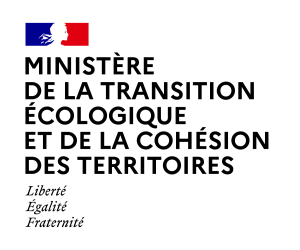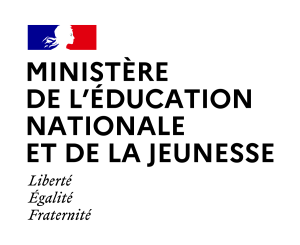Take a detour to greet an old branch
Climate change causes a shift in the seasons for plants and animals. The quantification of these shifts is possible thanks to historical monitoring, some of which began several centuries ago. For example, monitoring of the Geneva chestnut tree started in 1808 and shows that vegetation starts 30 days earlier today (period 1985-2020) compared to the period 1808-1950. This monitoring is carried out on only a few species and in the lowlands. The AAC/Blooming heights programme launched in 2019 aims to broaden our understanding of these shifts from the lowlands to the mountain tops, and across a range of widely distributed early and late species.
The scientific questions are:
- How do seasonal events shift from year to year?
- How do these shifts in the alpine space vary, depending on the altitude, the slopes, the mountain ranges?
- How can we anticipate future shifts?
- Are these shifts the same for all species, all altitudes, all mountain ranges?
- What are the consequences of these shifts for the functioning of ecosystems?
This collaborative monitoring is carried out by many people, participating occasionally or regularly in the observation of plants pre-identified by the CREA Mont-Blanc, INRAE and its partners. It differs from Phénoclim, the CREA Mont-Blanc's historical cousin, where the monitoring is carried out by a single person who has chosen their own trees.
In AAC, the relevance of monitoring is based on the principle of collective intelligence and the robustness of monitoring therefore depends on the number of visits made during key moments, the frequency of monitoring and the accuracy of each observer. The power and scientific potential of these observation efforts are made possible by the complementarity of the sites monitored and the homogeneity of the measurement protocols. The implementation of the observations as such is a separate line of research to study the conditions of participation necessary to obtain a qualitative and effective follow-up over the long term.
Numerous plants have been selected in places of passage to answer these questions. In the city, the plants monitored (mainly trees) have a sign to identify them. Elsewhere, on hiking or mountaineering routes or near the refuges involved in the "Sentinel Refuges" research programme, the geolocation of your smartphone and the description of the sites will allow you to find the observation sites.
Target audience
Region
Season
Implementation time
approx. 5 minutes per spot
Naturalist difficulty
- Novice
- Naturalist
Involvement
Every observation, even occasional, counts
Species concerned
Access to study site
Equipment
a smartphone or a field sheet
The protocol
1 Locate
Go to the "Observations" page to find trees to observe near your location or the route you wish to take soon.
2 Identify
In the field, you will recognise the trees to be observed either by spotting the sign associated with them or, if there is none, by geolocating yourself directly on the map to find their location.
3 Observe
First look at a branch and then at the whole tree so that you can estimate the stage of the tree.
4 Send
If there is a sign, scan the QR code on it with your smartphone (usually by using your smartphone as a camera on the QR code, the detection will be automatic, if not you can download an application to scan QR codes beforehand). Please note that an internet connection is required. Then estimate the progress of the observed stage using the percentage bar and finish by validating your observation so that it can be transmitted.
If there is no sign, go to the "Observations" map. Click on the spot you are observing and then on "add an observation". Fill in all the fields and finish by validating so that your observation can be transmitted to us.



Practical advice
- Each observation is combined with those of other participants for collaborative monitoring. Have confidence in yourself and do your best.
- coming soon : by pinning a tree, you can receive a notification telling you (1) when the growing season is about to start for that species (2) when it becomes a "priority" species, i.e. when it has not been seen for a while
La réalisation de ce protocole nécessite de se rendre en terrain de moyenne / haute montagne ou qui peuvent s’avérer être dangereux, notamment en conditions hivernales. N’hésitez pas à vous renseigner auprès de professionnels pour une analyse fine des conditions météorologiques. Le CREA Mont-Blanc ne pourra pas être tenu responsable d’accidents survenus lors de la réalisation de certains protocoles.
Toolbox
Preferred immersive sessions to be carried out before starting:
- Diversity all around you
- Look with your eyes closed
- Describe your landscape
- Treasure hunt
